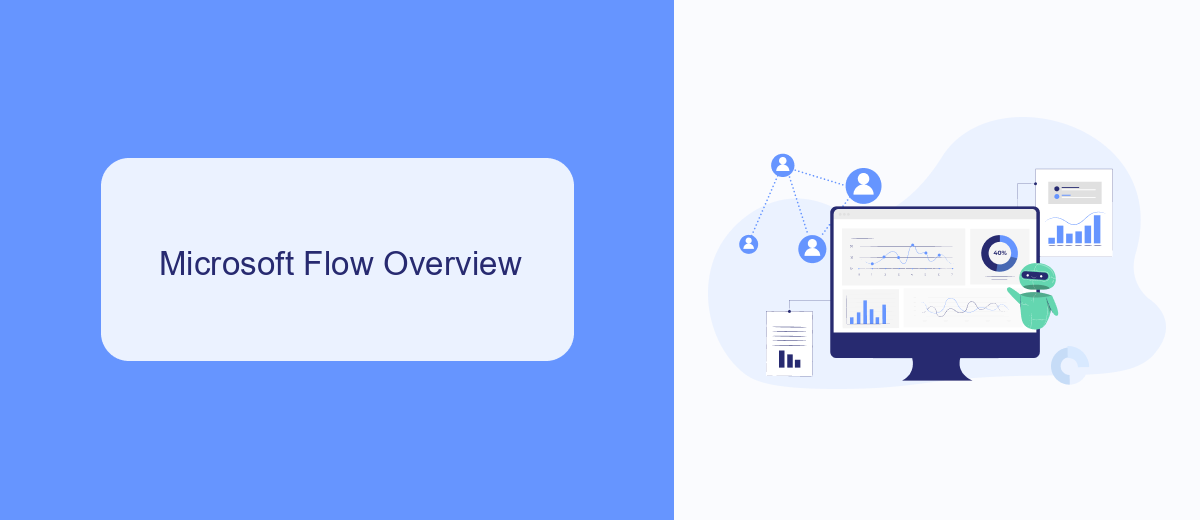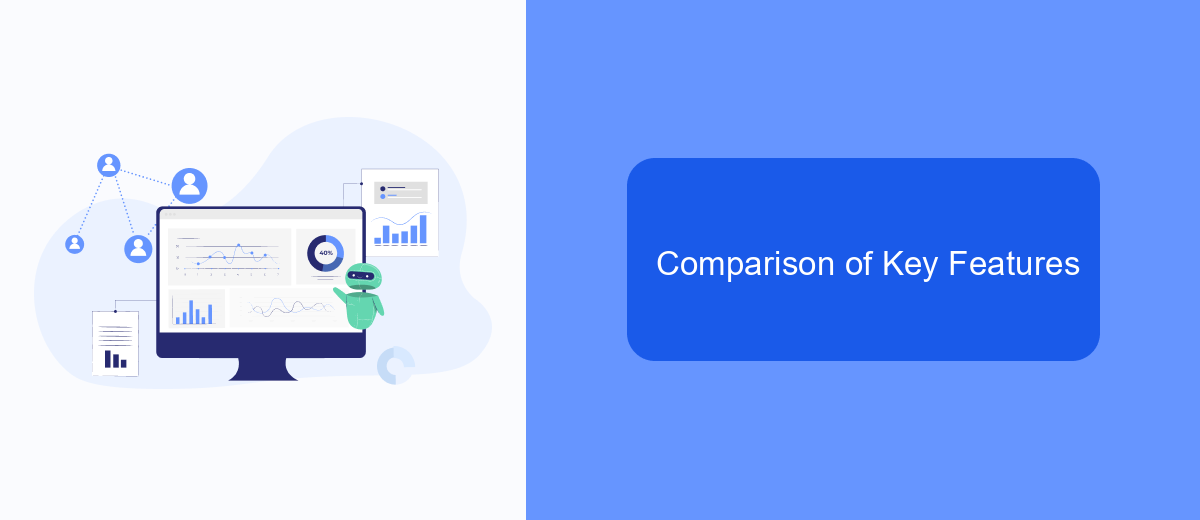In the rapidly evolving landscape of business automation and app development, Microsoft offers two powerful tools: Microsoft Flow and PowerApps. While both aim to streamline processes and enhance productivity, they serve distinct purposes and offer unique features. This article delves into the key differences, strengths, and use cases of Microsoft Flow and PowerApps, helping you choose the right tool for your needs.
Introduction
In today's fast-paced business environment, automation and app development tools are crucial for enhancing productivity and efficiency. Microsoft offers two powerful solutions in this realm: Microsoft Flow and PowerApps. Both tools aim to streamline business processes, but they cater to different needs and use cases.
- Microsoft Flow, now known as Power Automate, focuses on automating workflows and integrating various services and applications.
- PowerApps enables users to build custom applications with minimal coding, allowing for tailored solutions to specific business challenges.
Understanding the distinct functionalities and benefits of Microsoft Flow and PowerApps can help organizations make informed decisions about which tool to implement. Additionally, services like SaveMyLeads can further enhance these tools by providing seamless integration solutions, ensuring that businesses can automate and manage their workflows effectively. This article delves into the key differences, advantages, and potential use cases of each platform to guide you in choosing the right solution for your needs.
Microsoft Flow Overview

Microsoft Flow, now known as Power Automate, is a cloud-based service that enables users to create automated workflows between various applications and services. It allows users to streamline repetitive tasks and processes, improving efficiency and productivity. With Power Automate, users can connect to a wide range of services including Microsoft 365, Dynamics 365, and many third-party applications, enabling seamless integration across different platforms.
One of the key features of Power Automate is its ability to set up triggers and actions, allowing users to automate tasks based on specific conditions. For instance, you can automatically save email attachments to OneDrive or send notifications to your team on Microsoft Teams. Additionally, services like SaveMyLeads can be integrated to further enhance the capabilities of Power Automate, providing automated lead generation and management processes. This makes Power Automate a versatile tool for both personal productivity and enterprise-level automation needs.
Powerapps Overview

PowerApps is a suite of apps, services, connectors, and a data platform that provides a rapid application development environment to build custom apps for your business needs. With PowerApps, you can create apps that connect to your business data stored either in the underlying data platform (Microsoft Dataverse) or in various online and on-premises data sources such as SharePoint, Microsoft 365, Dynamics 365, SQL Server, and more.
- Ease of Use: PowerApps allows users to create apps with no or minimal coding, making it accessible for both developers and non-developers.
- Integration: It seamlessly integrates with other Microsoft services and third-party applications, enhancing its functionality.
- Customization: Users can customize apps to fit their specific business processes and requirements.
- Efficiency: It accelerates the app development process, enabling quicker deployment and iteration.
Additionally, PowerApps supports integration with services like SaveMyLeads, which can automate lead generation and data transfer processes, further streamlining business operations. By leveraging PowerApps, companies can boost productivity and innovation, ensuring that their digital tools align perfectly with their business strategies.
Comparison of Key Features

Microsoft Flow (now known as Power Automate) and PowerApps are both powerful tools within the Microsoft Power Platform, designed to streamline business processes and enhance productivity. While both tools share some similarities, they serve different purposes and offer unique features.
Power Automate focuses on automating workflows and integrating various services and applications. It allows users to create automated workflows between apps and services to synchronize files, get notifications, collect data, and more. PowerApps, on the other hand, is designed for building custom applications with minimal coding, enabling users to create tailored solutions for their specific business needs.
- Power Automate: Workflow automation, integration with numerous services, pre-built templates, AI Builder for intelligent automation.
- PowerApps: Custom app development, drag-and-drop interface, integration with Microsoft 365 and other data sources, pre-built templates.
Both tools can significantly enhance business efficiency. For complex integrations, services like SaveMyLeads can complement Power Automate by providing additional capabilities to streamline data flow between various platforms. Choosing the right tool depends on whether your primary need is workflow automation or custom app development.
Choosing the Right Tool for Your Needs
When deciding between Microsoft Flow and PowerApps, it's crucial to consider your specific business needs and objectives. Microsoft Flow, now known as Power Automate, is ideal for automating workflows and integrating various services. It allows you to create automated processes that can handle repetitive tasks efficiently. For instance, if you need to streamline data transfer between different applications, tools like SaveMyLeads can complement Power Automate by providing seamless integration solutions.
On the other hand, PowerApps is designed for building custom applications with minimal coding. It’s perfect for businesses that require tailored solutions to meet unique requirements. PowerApps enables you to create user-friendly apps that can solve specific problems, enhance productivity, and improve user experience. Therefore, if your primary goal is to develop custom applications quickly and efficiently, PowerApps would be the right choice. Ultimately, the decision should be based on whether your priority is workflow automation or app development.
FAQ
What is the primary difference between Microsoft Flow and PowerApps?
Can I use Microsoft Flow and PowerApps together?
Do I need coding skills to use Microsoft Flow and PowerApps?
How do I integrate third-party services with Microsoft Flow and PowerApps?
What are some alternatives to Microsoft Flow and PowerApps for automation and integration?
Don't waste another minute manually transferring leads from Facebook to other systems. SaveMyLeads is a simple and effective tool that will allow you to automate this process so that you don't have to spend time on the routine. Try SaveMyLeads features, make sure that this tool will relieve your employees and after 5 minutes of settings your business will start working faster.
